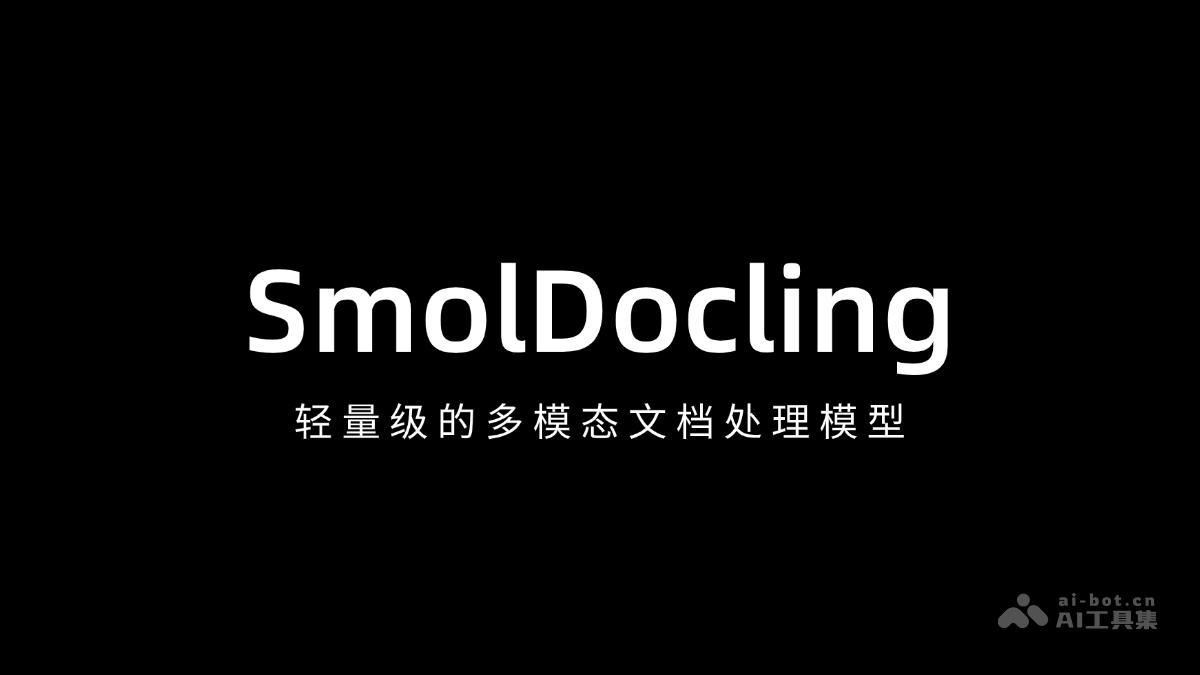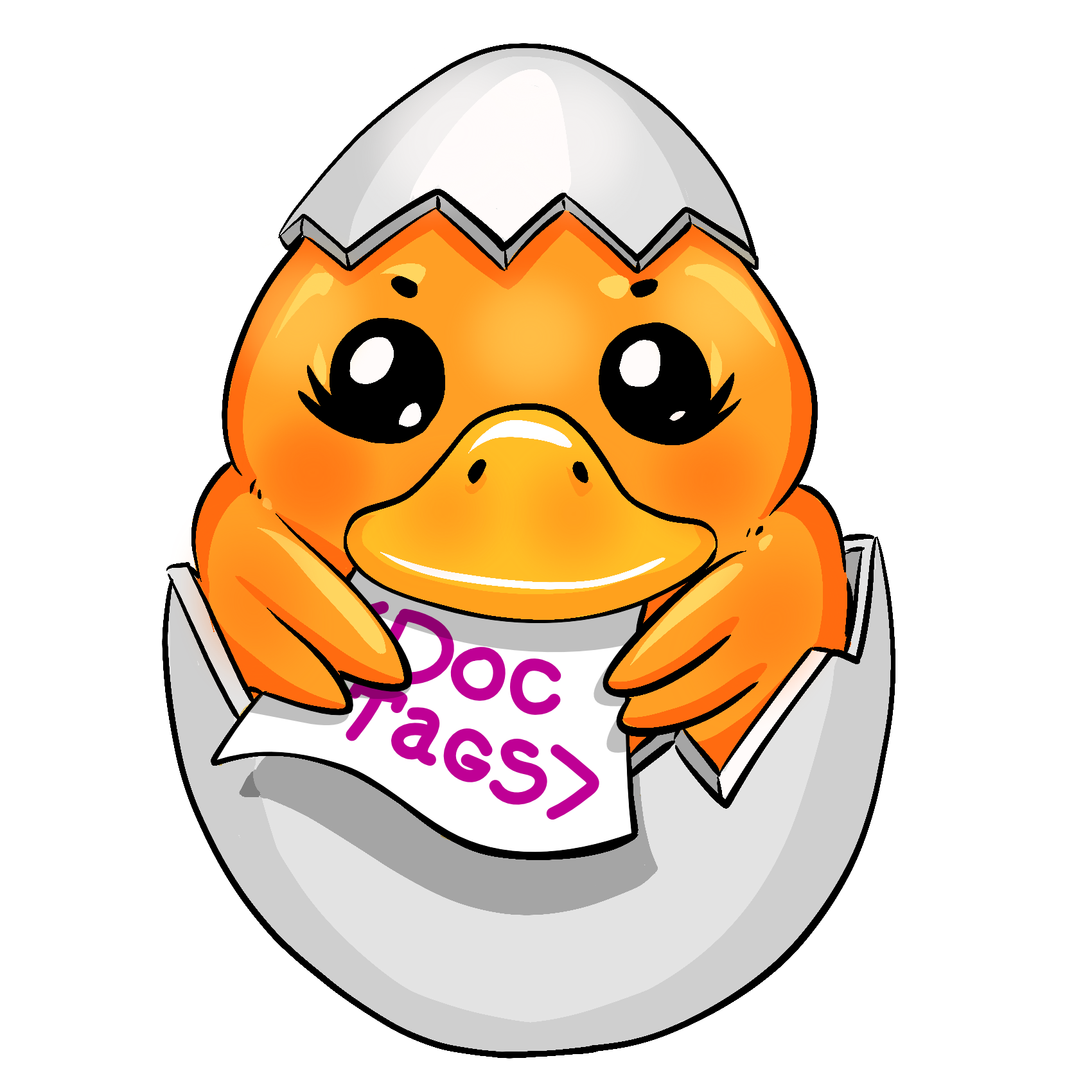SmolDocling
by ds4sdSmolDocling is an efficient, lightweight multimodal document processing model that converts document images into structured text.
What is SmolDocling?
SmolDocling is a lightweight, multimodal document processing model designed for efficient conversion of document images into structured text. It supports various elements including text, formulas, charts, and tables, making it ideal for academic papers, technical reports, and other document types.
Key Features
- Multimodal Document Conversion: Converts image documents into structured text, supporting both scientific and non-scientific documents.
- Fast Inference: Processes a page in just 0.35 seconds on an A100 GPU.
- OCR and Layout Recognition: Accurately extracts text while preserving document structure and element bounding boxes.
- Complex Element Recognition: Recognizes and processes code blocks, mathematical formulas, charts, and tables.
- Seamless Integration with Docling: Supports multiple export formats and is compatible with Docling.
Technical Details
- Lightweight Design: With only 256M parameters, SmolDocling is optimized for fast processing on consumer-grade GPUs.
- Visual Backbone Network: Uses SigLIP base patch-16/512 for efficient image processing.
- Text Encoder: Employs SmolLM-2 for text processing and multimodal fusion.
- Optimized Training: Trained on a diverse dataset with a higher pixel token rate for improved efficiency.
Getting Started
To use SmolDocling, install the necessary dependencies and follow the example code provided in the documentation. The model supports inference using Transformers, VLLM, or ONNX, and results can be exported in multiple formats using Docling.
Application Scenarios
- Document Conversion and Digitization: Efficiently converts image-based documents into structured text formats.
- Scientific and Non-Scientific Document Processing: Recognizes and extracts key information from various document types.
- Mobile and Low-Resource Device Support: Runs on mobile devices or resource-constrained environments.
Model Capabilities
Model Type
multimodal
Supported Tasks
Ocr
Text Extraction
Formula Recognition
Chart Recognition
Table Recognition
Document Conversion
Tags
Document Processing
OCR
Multimodal
Lightweight
Text Extraction
Formula Recognition
Chart Recognition
Table Recognition
Academic Papers
Technical Reports
Usage & Integration
Pricing
free
API Access
Available
License
Open Source
Requirements
- Python 3.8+
- GPU
Screenshots & Images
Primary Screenshot

Additional Images

